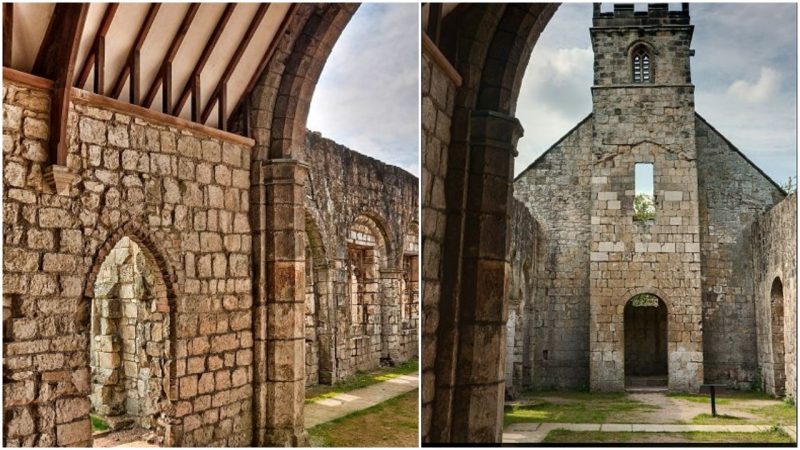It was a flourishing community, though not particularly large or significant: a mere village that once stood on the western borders of the low hills of the Yorkshire Wolds in northeast England. And not much is left of this place, except for overgrown foundations and a ruined church. But its story involves mutilating the dead to prevent them from returning to life and thus is worth a mention.
The beginnings of this village can be traced back to 10th century A.D. A period later, this place was mention in the Domesday Book under the name of Warron. According to some archaeologists, this place has been fairly active since prehistory, although its most thriving period began in the 10th century and lasted until the 12th century.
Much of what is known about this place came from the numerous archaeological excavations in the area, for much of this village has been lost to time. Thanks to aerial photography, the irregular grass patterns were noticed, which made further excavations and geophysical surveys more focused and planed.
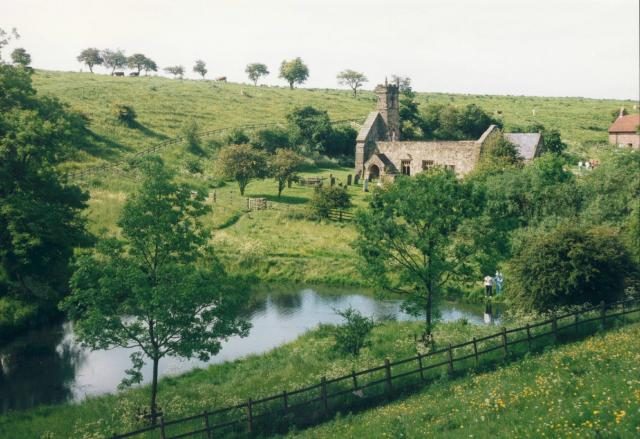
Careful examination revealed that this village had no more than two manor houses and a total of about 35 properties. The eastern side of Wharram Percy is set in a dale, a land that itself slopes to the south. The western portion, on the other hand, is set on top of the slope gently laid across the plateau.
Following what the archaeologists have uncovered, it appears that the dwellings took the shape of a longhouse. These habitats were comprised of a room that was used for sleeping, a living room where the much-cherished hearth was located. Next, there was a hallway the led to the back room that was supposedly used as a cowshed.
The houses themselves were made of wood, using a construction known as cruck. A curved timber is used to create the frame of the house, and at the same time, it served as a support of the roof. The walls of the other hand had to be replaced regularly over time.
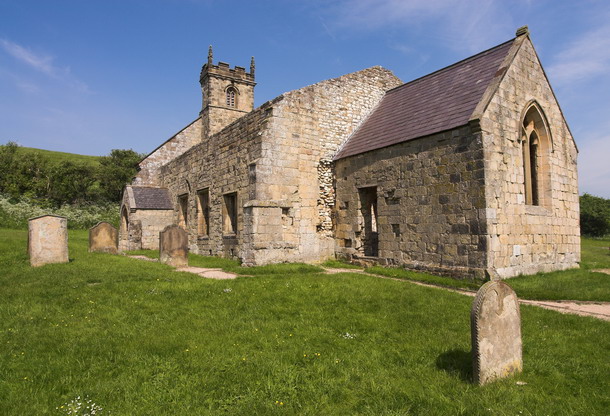
What the archaeologists have found were door keys among other things, which led the scholars to believe that the doors themselves must have been of solid construction and that having locks suggested that villagers were somewhat concerned about their security.
Much of these dwellings had outhouses that were used as an additional storage or to carry some form of trade such as carpentry or bakery. Outside of these plots, there stood fields that were used for farming.
The village of Wharram Percy was also connected with other nearby villages and towns such as the town of Malton and the village of Towthrope. As mention before, much of this village is lost and the only remaining building of these olden days is the village church dedicated to St. Martin.
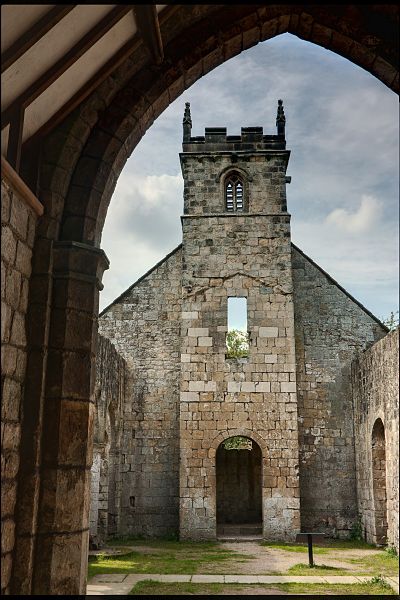
The village managed to survive the horrors that William the Conqueror put upon these lands as well as those that came with the Black Death; during this period, part of the village population perished, among which were the priest and the lord of one of the manors.
The end of this village came at the start of the 16th century. The church, on the other hand, remained in use for few more centuries until it was finally abandoned in 1870, for a new church was erected in the nearby village of Thixendale.
According to a number of researchers, this medieval village mutilated the bodies of the dead in fear that they might come back to haunt them.
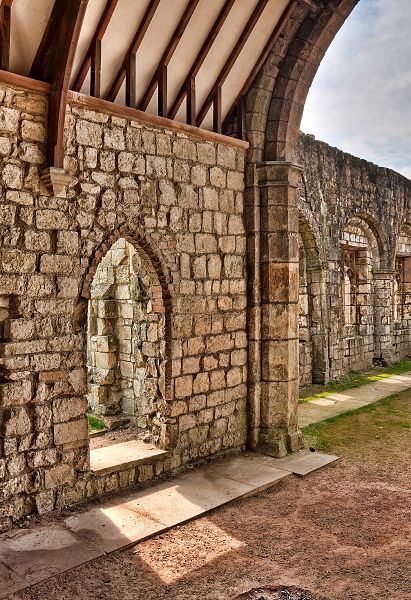
“Knife marks were found on 137 bones dating between the 11th and 14th centuries, discovered at Wharram Percy. Experts said it was the first evidence of ancient practices to stop “corpses rising from their graves, spreading disease, and assaulting the living,” writes bbc.com.
Archaeologists have unearthed 10 individuals, the bodies of which were dismembered and/or decapitated; their bones bearing marks to prove this. Today this village is considered among the best-preserved settlements and a direct link with the “Dark Ages,” feeding the researchers with evidence of days long gone.
